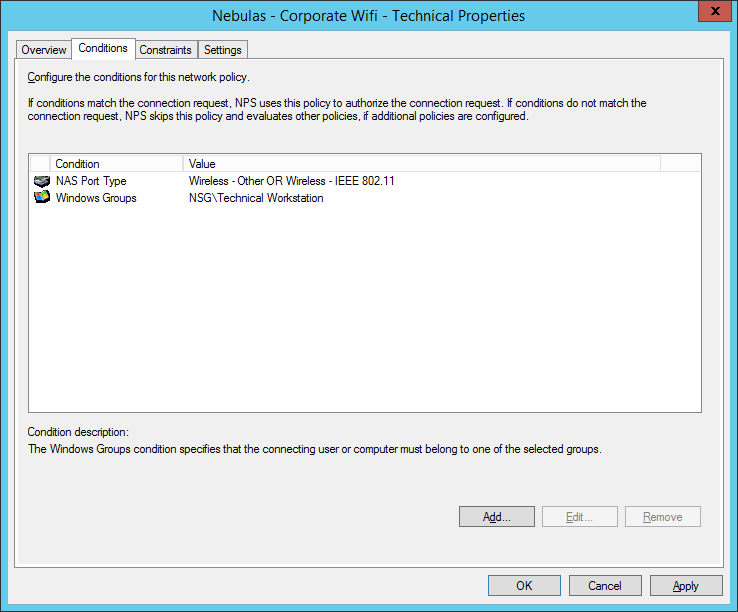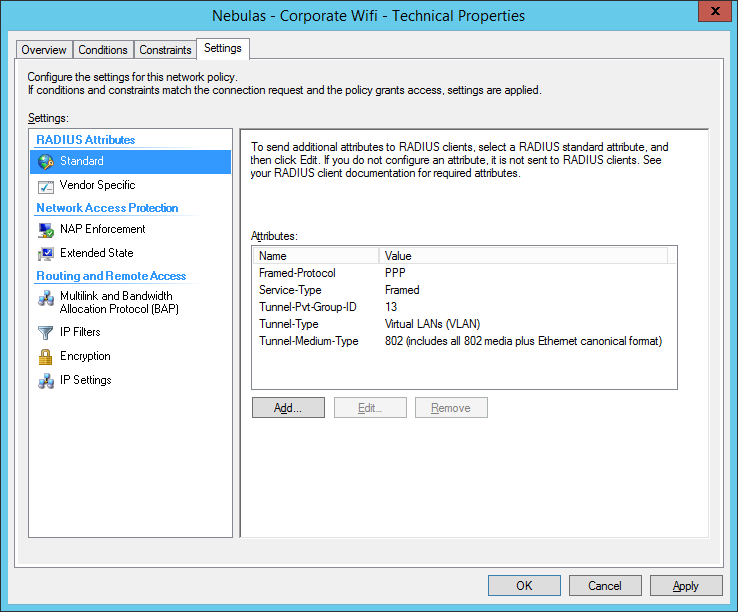The below is some things to look in to if you are having problems deploying UEFI boot images to your machines using WDS.
I will admit that I used to use DHCP options 66 and 67 for deploying legacy, non-UEFI images not knowing that it was not best practice (the guides to deploying WDS with MDT weren’t great at the time) However it DID work perfectly for us and we had no problems what so ever when deploying these images to our Dell laptops.
Now that I have upgraded our MDT and WDS infrastructure, I am pushing out UEFI images but found that the PXE boot wasn’t working – even after changing DHCP option 67 to point to the UEFI boot file: boot\x64\wdsmgfw.efi
I did a bit of research online and found that using these DHCP options for PXE boot isn’t actually supported OR recommended by Microsoft… hmm, that’s news to me.
“When the initial DHCP offer from the DHCP server contains these boot options, an attempt is made to connect to port 4011 on the DHCP server. This offer fails if the PXE server is on another computer.
Important: Microsoft does not support the use of these options on a DHCP server to redirect PXE clients”
So apparently if DHCP and WDS is not on the same server (and they shouldn’t be unless you have a super small environment), when the DHCP server responds with options 60, 66 or 67, the client will try to connect to port 4011 on the DHCP server rather than the WDS server – which obviously won’t respond because it won’t have the WDS service running on it.
Okay so as far as I am aware (please correct me if I am wrong!) the best practice is to get rid of any of the DHCP options discussed above (60, 66 and 67) and use IP helpers instead for the purpose of PXE booting.
You may already have IP helper configured in your network so if you do, keep the existing DHCP servers in there but add another entry for the PXE server.
Obviously test in a small network/VLAN first before making these changes in production. As soon as I made these changes the client booted perfectly first time.

